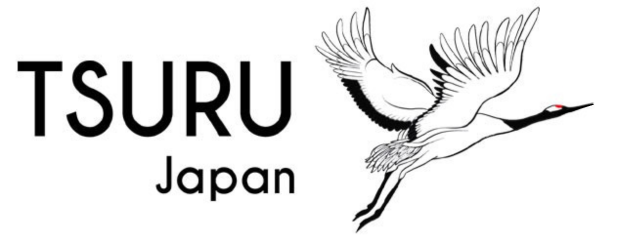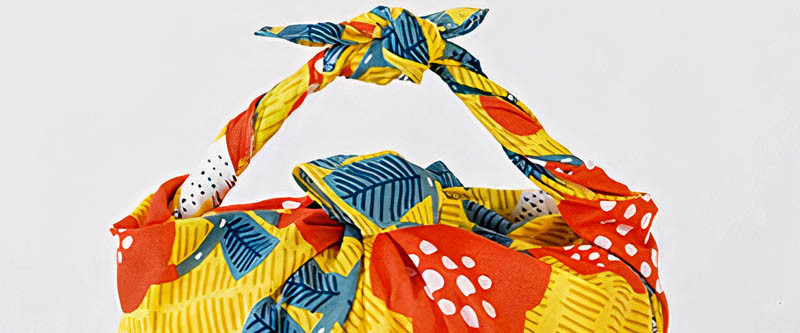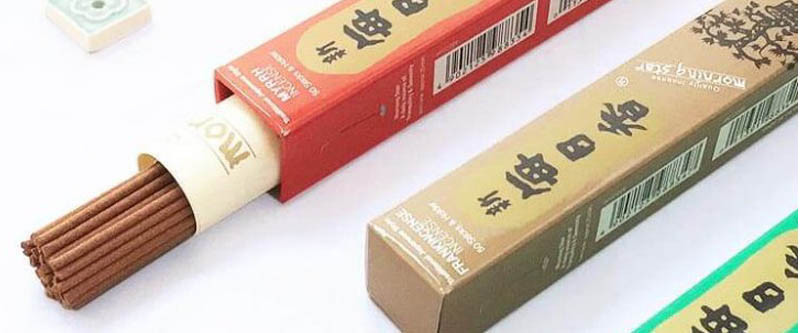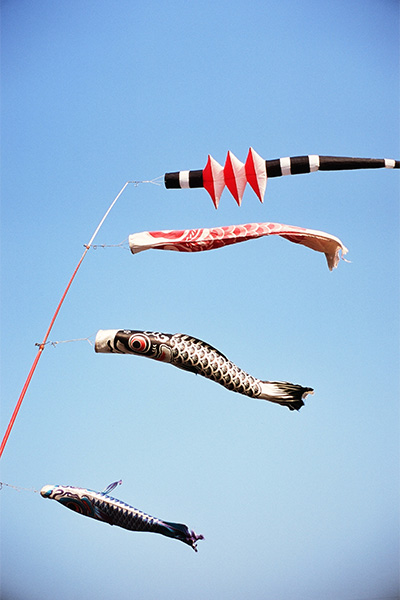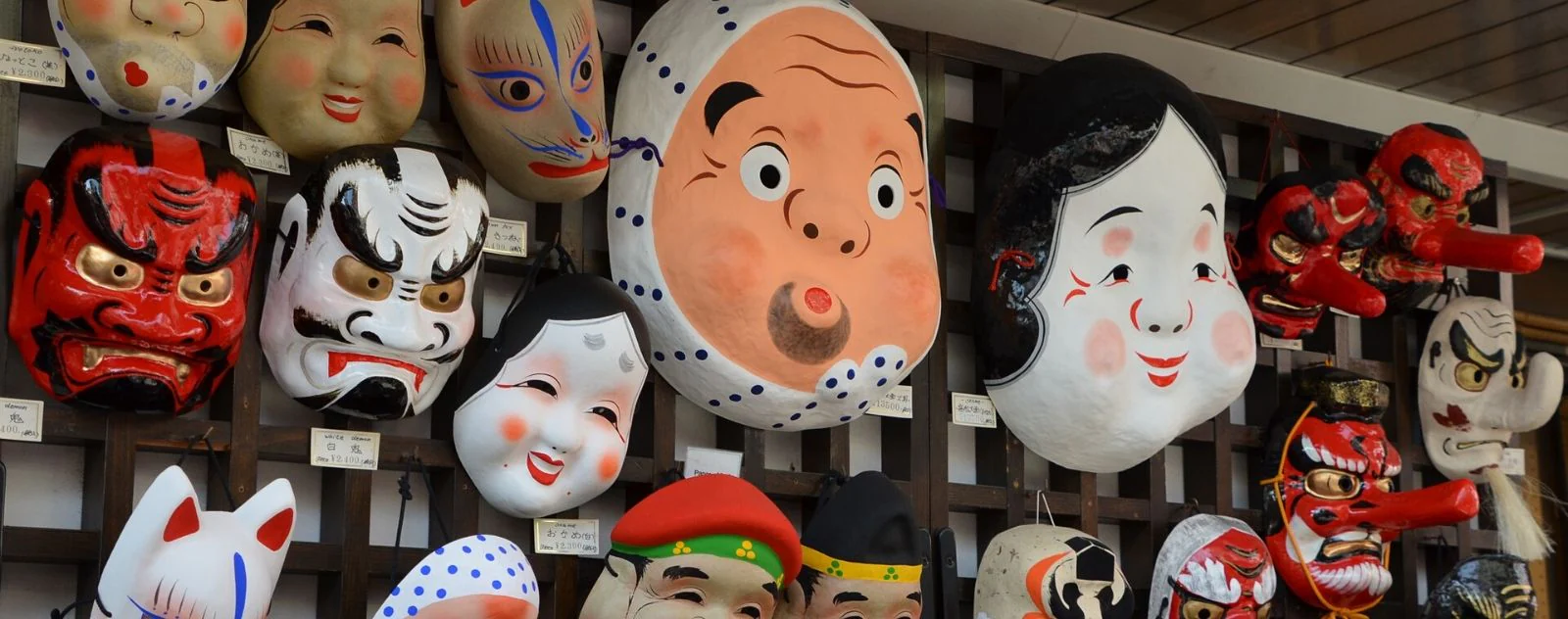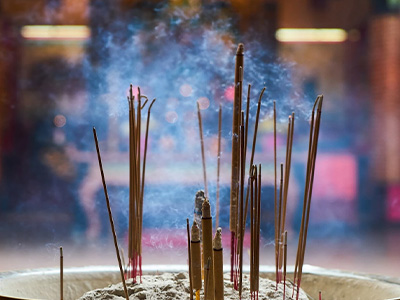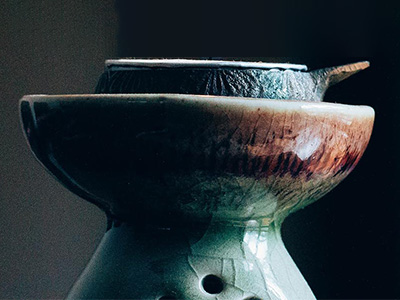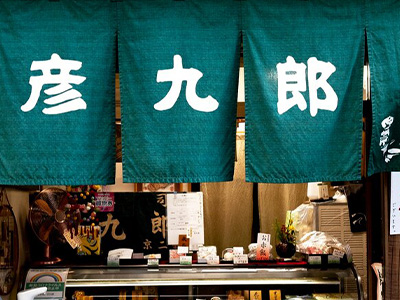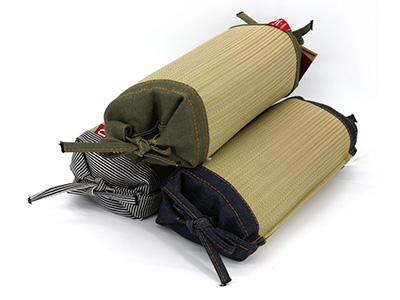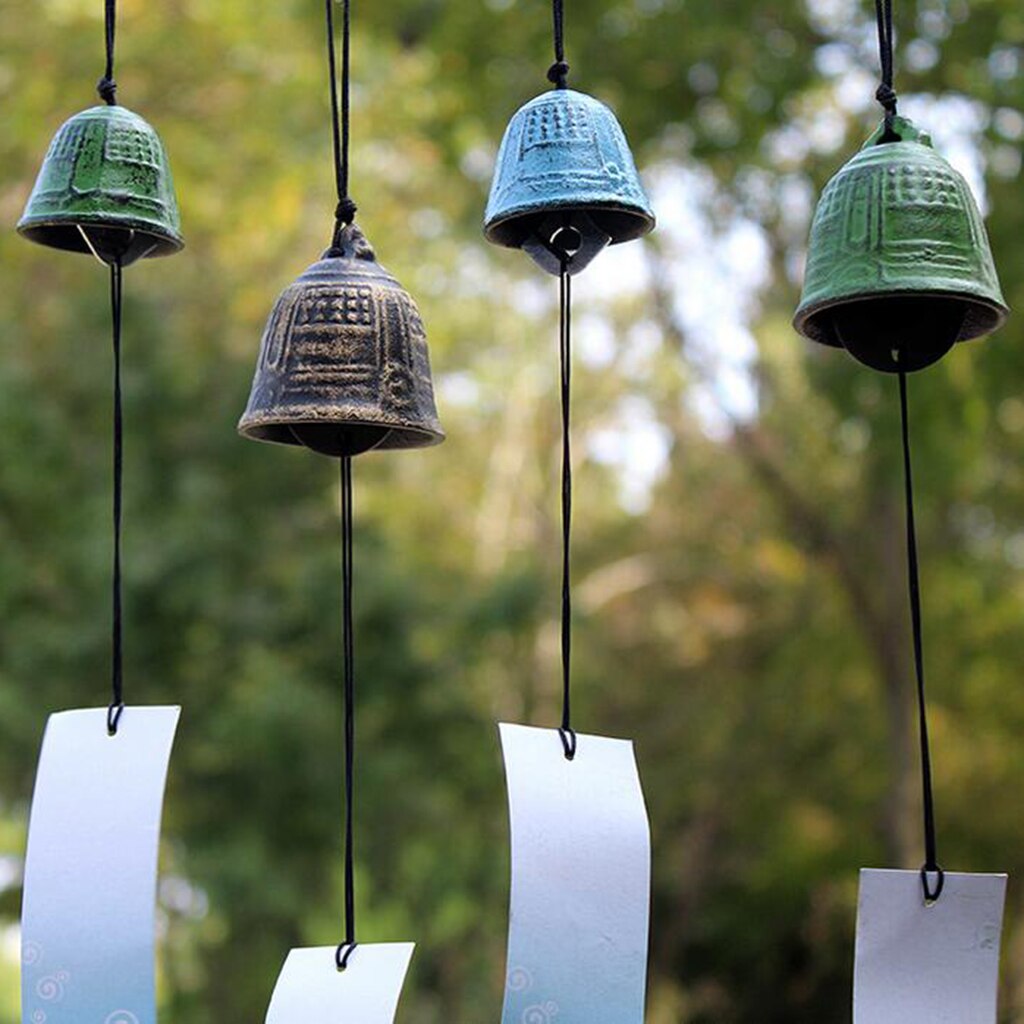Japanese interiors are renowned for their simplicity, minimalism and refined aesthetics. It captures the essence of Japanese culture and offers a peaceful refuge from the hustle and bustle of modern life.
The Koinobori is a much-loved festive symbol in Japan, generally used to celebrate the children's festival known as Kodomo no Hi. Koinobori are large, colorful carp-shaped flags hung outside houses or balconies. They symbolize strength, courage and perseverance, qualities that parents wish to pass on to their children.
Incense has played an important role in Japanese culture for centuries. In Japan, incense is used both for religious rituals and to create a soothing atmosphere in the home. Japanese incense sticks are often made from natural ingredients such as sandalwood, patchouli or cypress.
In a Japanese interior, the use of incense creates a calm, meditative atmosphere. Traditional incense burners, called kōro, are often used to burn incense. They are made from ceramic or metal and feature delicate designs. Japanese incense offers a unique olfactory experience, filling the air with subtle, relaxing aromas.
Noren curtains are essential elements of Japanese interiors. They are hung at the entrance to homes, restaurants or stores to mark a transition between public and private space. Noren are often decorated with traditional Japanese motifs, such as flowers, landscapes or kanji (Chinese characters).
Noren provide privacy while letting in light and air. They also bring a unique aesthetic to Japanese interiors, adding a touch of color and style. Some noren even feature inscriptions or lucky symbols to attract prosperity and happiness.
Japanese incense burners, known as incense holders or incense burners, are functional and decorative pieces used to burn incense. They come in a variety of shapes, materials and designs. Japanese incense burners are often made from ceramic, lacquer, bronze or wood, and are designed with great attention to detail.These incense burners are designed to keep the incense in place while allowing the smoke to escape gracefully. Some models have intricate patterns or elaborate sculptures, while others take a more minimalist approach with clean lines and simple shapes. They are an elegant addition to the Japanese interior, creating a serene and harmonious atmosphere.
Makuras cushions are cylindrical cushions traditionally used in Japan to support the neck and head during sleep. They are usually filled with buckwheat or rice balls, offering firm but comfortable support. Makuras cushions are often used in addition to futons, traditional Japanese mattresses placed on the ground.
Japanese masks are iconic elements of Japanese culture, used for centuries in theater arts, festivals, and religious rituals. Each mask, whether from Noh theater, Kabuki, or popular celebrations, tells a rich story filled with symbols and meanings. They embody mythological characters, spirits, or animals, and are finely crafted to capture the emotions and distinctive features of each figure.
Made from wood, clay, or papier-mâché, these masks are often hand-painted with exquisite details. They are not just stage props, but also unique decorative pieces that bring real charm to any interior. Japanese masks reflect the traditional craftsmanship of Japan, adding a mystical and artistic touch to your space while honoring a long history of rituals and theatrical performances.
Wasaga is a material used to make Japanese parasols, also known as "wagasa". These parasols are both functional and aesthetically pleasing. They are designed with bamboo frames covered in waterproof washi paper, which offers protection from sun and rain. Japanese parasols are often decorated with traditional, colorful motifs, making them attractive fashion accessories for adding a touch of charm to an outfit.
Japanese bells and wind chimes, known as Fūrin, are iconic objects that bring a touch of serenity and elegance to any interior or garden. Their delicate tinkling, activated by the breeze, creates a soothing atmosphere and evokes harmony with nature. Often made of glass, metal, or ceramic, these chimes are adorned with traditional patterns and accompanied by a strip of paper where wishes or thoughts are written. More than just a decorative element, the Fūrin embodies the essence of the Japanese summer and invites a moment of tranquility and contemplation.
